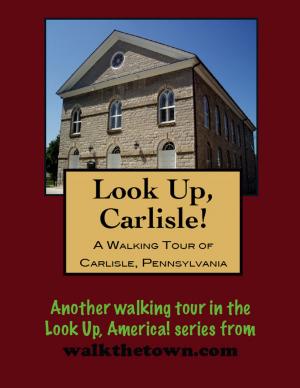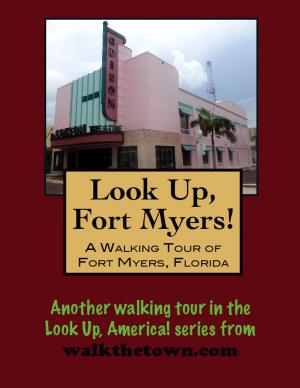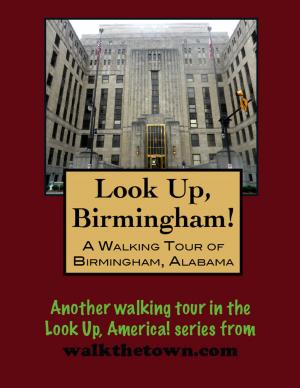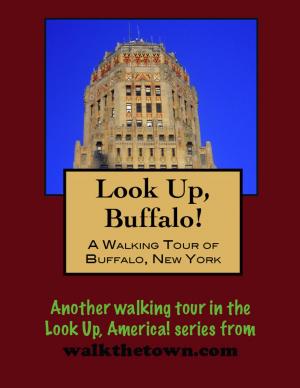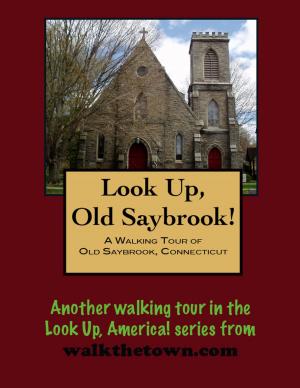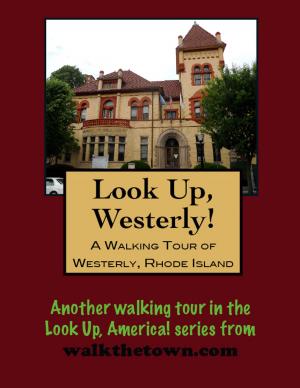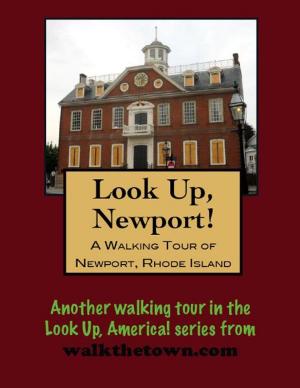| Author: | Doug Gelbert | ISBN: | 9781458004215 |
| Publisher: | Doug Gelbert | Publication: | January 31, 2011 |
| Imprint: | Smashwords Edition | Language: | English |
| Author: | Doug Gelbert |
| ISBN: | 9781458004215 |
| Publisher: | Doug Gelbert |
| Publication: | January 31, 2011 |
| Imprint: | Smashwords Edition |
| Language: | English |
There is no better way to see America than on foot. And there is no better way to appreciate what you are looking at than with a walking tour. Whether you are preparing for a road trip or just out to look at your own town in a new way, a downloadable walking tour is ready to explore when you are.
Each walking tour describes historical and architectural landmarks and provides pictures to help out when those pesky street addresses are missing. Every tour also includes a quick primer on identifying architectural styles seen on American streets.
Erastus Corning never had anything to do with glassmaking and probably never visited the town that bears his name. Corning began his business career in Troy, New York in 1808 at the age of 13 behind the counter of his uncle’s hardware store. In his work as a hardware man Corning was a dealer in all manner of iron products, from nails and stoves to farming equipment and railroad tracks. The Corning hardware store was one of the most significant businesses in the Hudson Valley by the 1830s and morphed into the Rensselaer Iron Works, which, under Corning’s guidance, installed the first Bessemer converter in the United States. Meanwhile, Corning was founding the Albany State Bank and branching into railroads which he would organize into America’s largest corporation, the New York Central. Amidst these interests Corning dabbled in politics, putting in a term as mayor of Albany and doing a stint in the New York state senate.
With his few moments of spare time Corning invested in land speculation in western New York. One place that caught his interest was timberlands along the Chemung River. With the opening of the Chemung Canal in 1833 large mills were sprouting to float logs and finished lumber out of little villages in the region. Corning was at the head of one investor group that gobbled up a village along the canal so the town was named for him. The plan was to build a railroad from the new anthracite coal lands of northeast Pennsylvania and ship it out via the canal.
With the canal and the railroads the village of Corning blossomed as a transportation center. One of the manufacturers who was attracted by the area’s cheap coal and transportation was Amory Houghton who was running the Brooklyn Flint Glass Works in, of course, Brooklyn, New York. When the people of Corning offered to put up $50,000 to his $75,000 Houghton began work on a new glass plant on June 1868 and was producing cut glass by October 22, 1868. The business was now the Corning Glass Works and the community was on its way to being “Crystal City.” Houghton left the business and the company’s new name and retired to his farm in Westchester County in 1870.
There were other industries in the hustling little town - there were firms making iron and bricks and drills and stoves but they would all pale behind the global corporation that became one with the name of the town. The face of that town would change forever in the summer of 1972 when flood waters from Hurricane Agnes wiped away businesses and factories. In the aftermath Corning has reinvented itself as an art town and tourist destination with the Corning Museum of Glass at its heart. Our walking tour will stop in on Corning and the Gaffer District but first we’ll start in a park named for a city engineer a century ago...
There is no better way to see America than on foot. And there is no better way to appreciate what you are looking at than with a walking tour. Whether you are preparing for a road trip or just out to look at your own town in a new way, a downloadable walking tour is ready to explore when you are.
Each walking tour describes historical and architectural landmarks and provides pictures to help out when those pesky street addresses are missing. Every tour also includes a quick primer on identifying architectural styles seen on American streets.
Erastus Corning never had anything to do with glassmaking and probably never visited the town that bears his name. Corning began his business career in Troy, New York in 1808 at the age of 13 behind the counter of his uncle’s hardware store. In his work as a hardware man Corning was a dealer in all manner of iron products, from nails and stoves to farming equipment and railroad tracks. The Corning hardware store was one of the most significant businesses in the Hudson Valley by the 1830s and morphed into the Rensselaer Iron Works, which, under Corning’s guidance, installed the first Bessemer converter in the United States. Meanwhile, Corning was founding the Albany State Bank and branching into railroads which he would organize into America’s largest corporation, the New York Central. Amidst these interests Corning dabbled in politics, putting in a term as mayor of Albany and doing a stint in the New York state senate.
With his few moments of spare time Corning invested in land speculation in western New York. One place that caught his interest was timberlands along the Chemung River. With the opening of the Chemung Canal in 1833 large mills were sprouting to float logs and finished lumber out of little villages in the region. Corning was at the head of one investor group that gobbled up a village along the canal so the town was named for him. The plan was to build a railroad from the new anthracite coal lands of northeast Pennsylvania and ship it out via the canal.
With the canal and the railroads the village of Corning blossomed as a transportation center. One of the manufacturers who was attracted by the area’s cheap coal and transportation was Amory Houghton who was running the Brooklyn Flint Glass Works in, of course, Brooklyn, New York. When the people of Corning offered to put up $50,000 to his $75,000 Houghton began work on a new glass plant on June 1868 and was producing cut glass by October 22, 1868. The business was now the Corning Glass Works and the community was on its way to being “Crystal City.” Houghton left the business and the company’s new name and retired to his farm in Westchester County in 1870.
There were other industries in the hustling little town - there were firms making iron and bricks and drills and stoves but they would all pale behind the global corporation that became one with the name of the town. The face of that town would change forever in the summer of 1972 when flood waters from Hurricane Agnes wiped away businesses and factories. In the aftermath Corning has reinvented itself as an art town and tourist destination with the Corning Museum of Glass at its heart. Our walking tour will stop in on Corning and the Gaffer District but first we’ll start in a park named for a city engineer a century ago...

